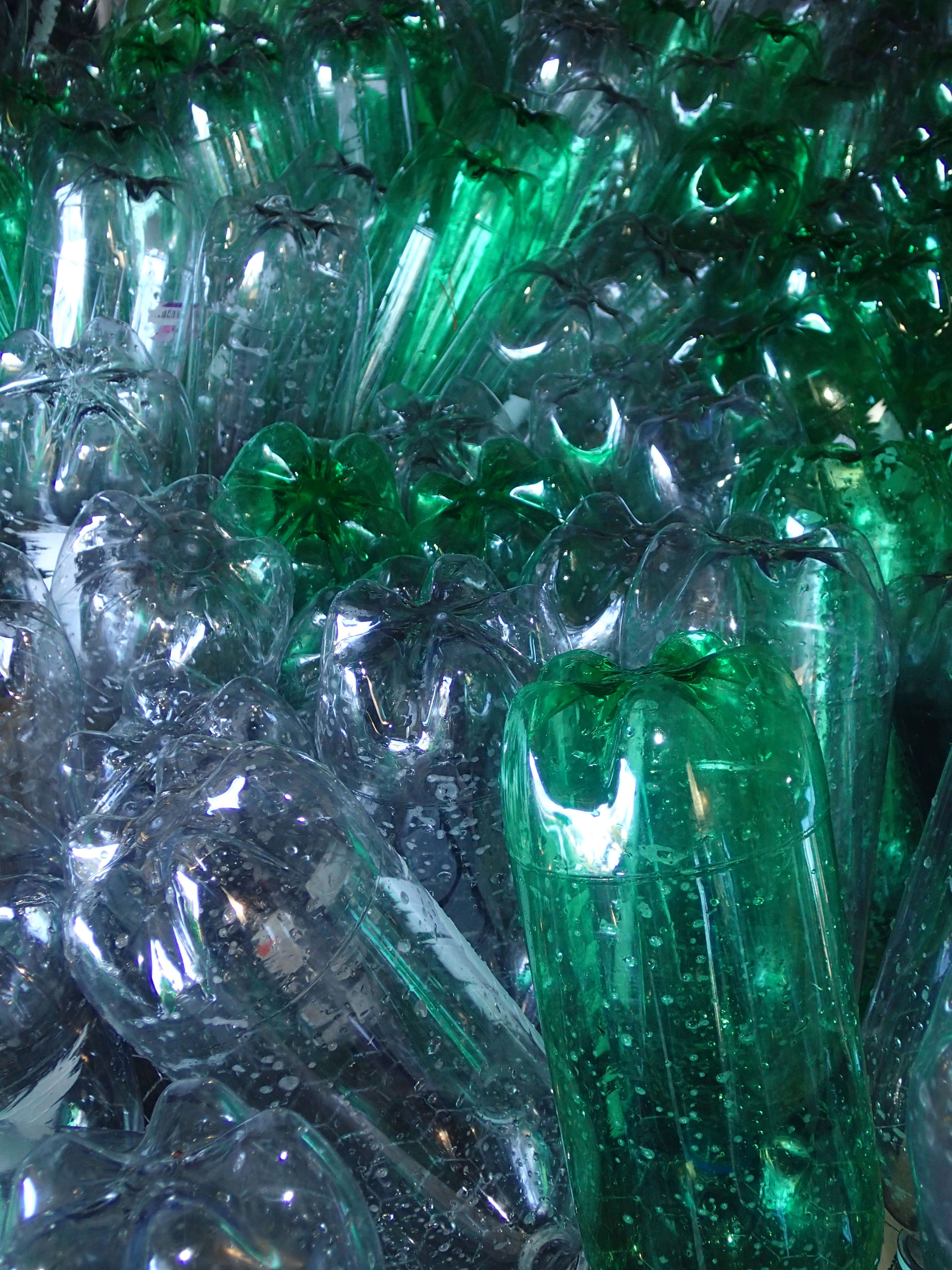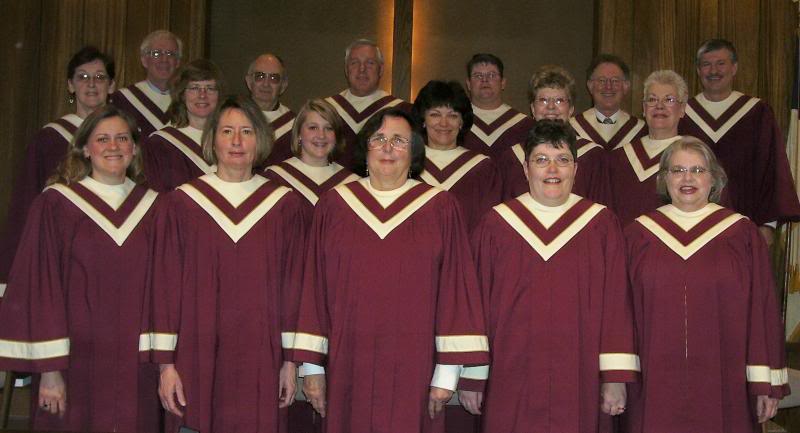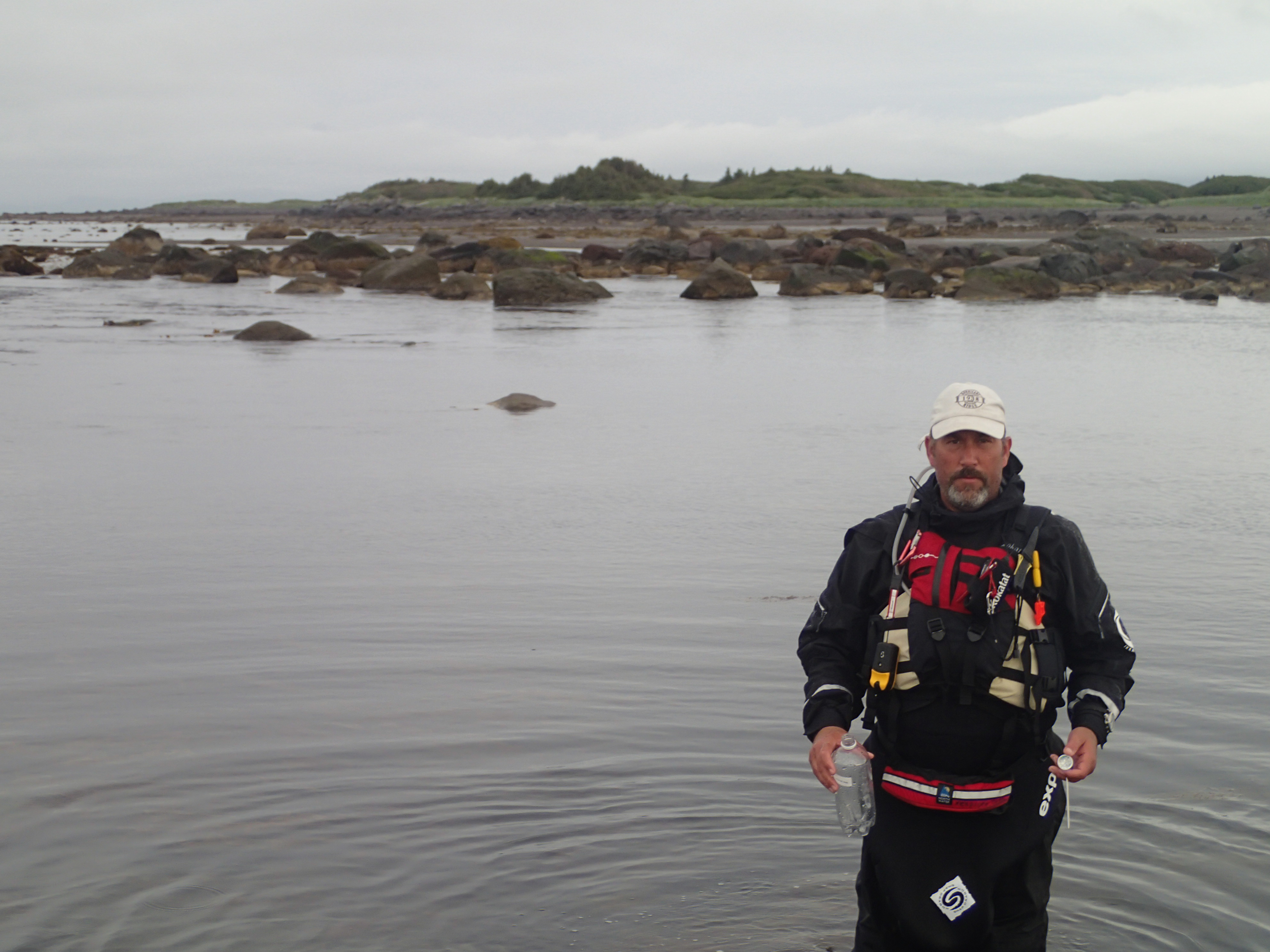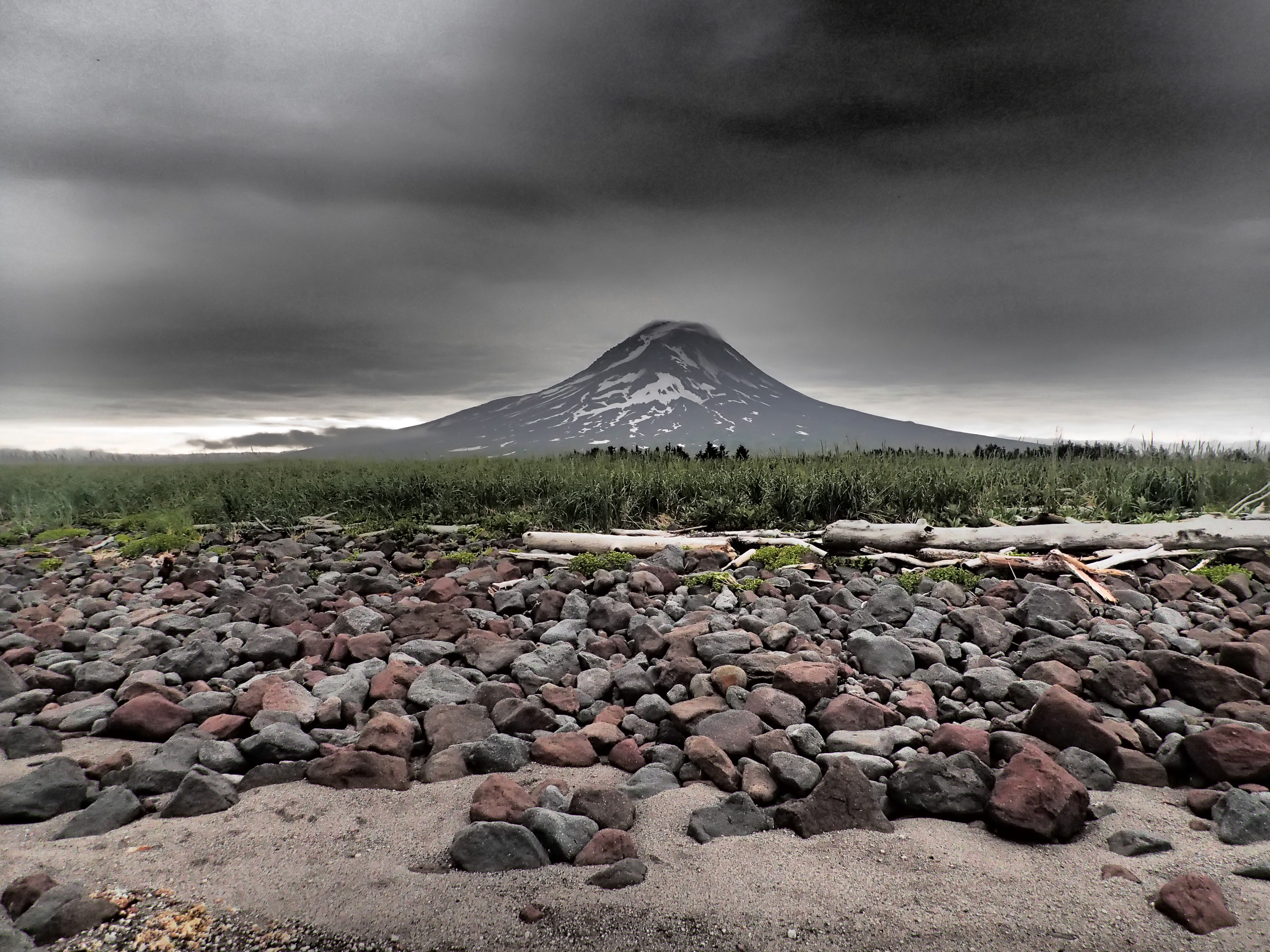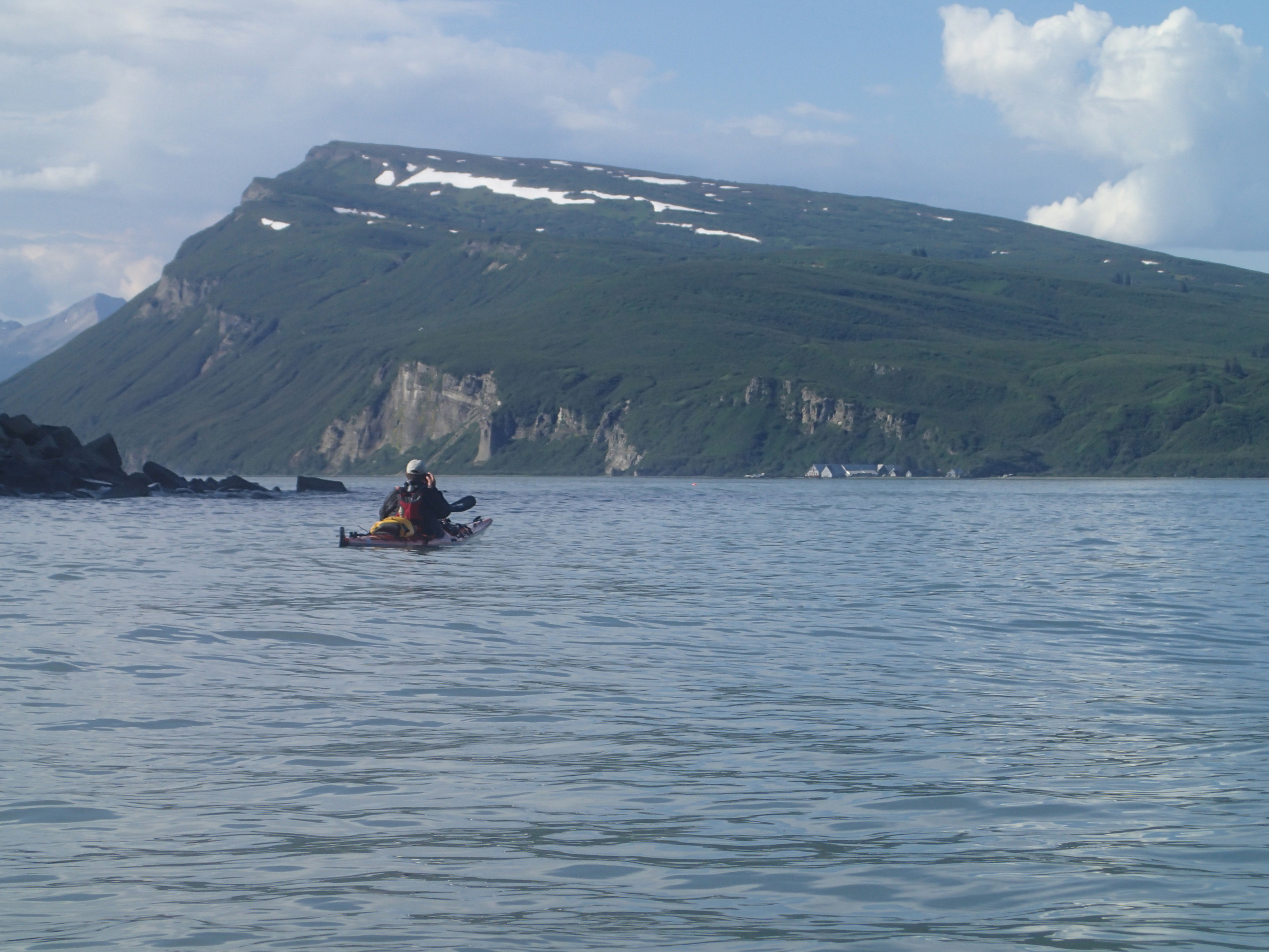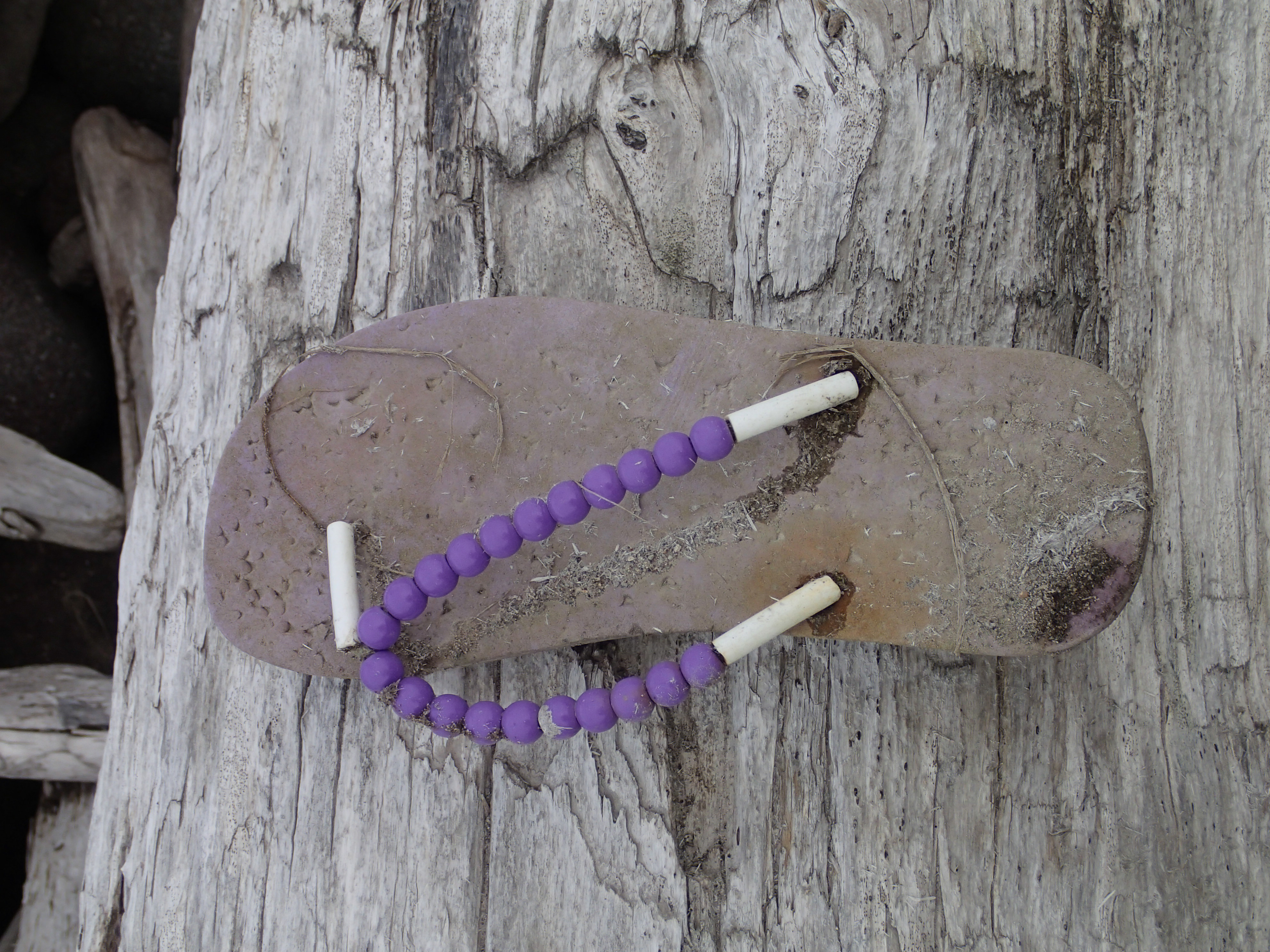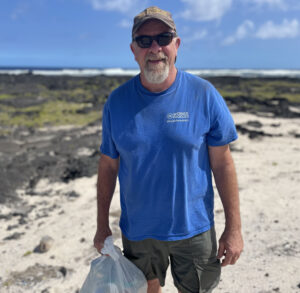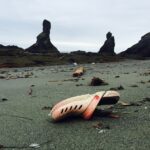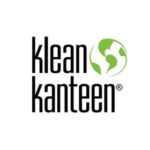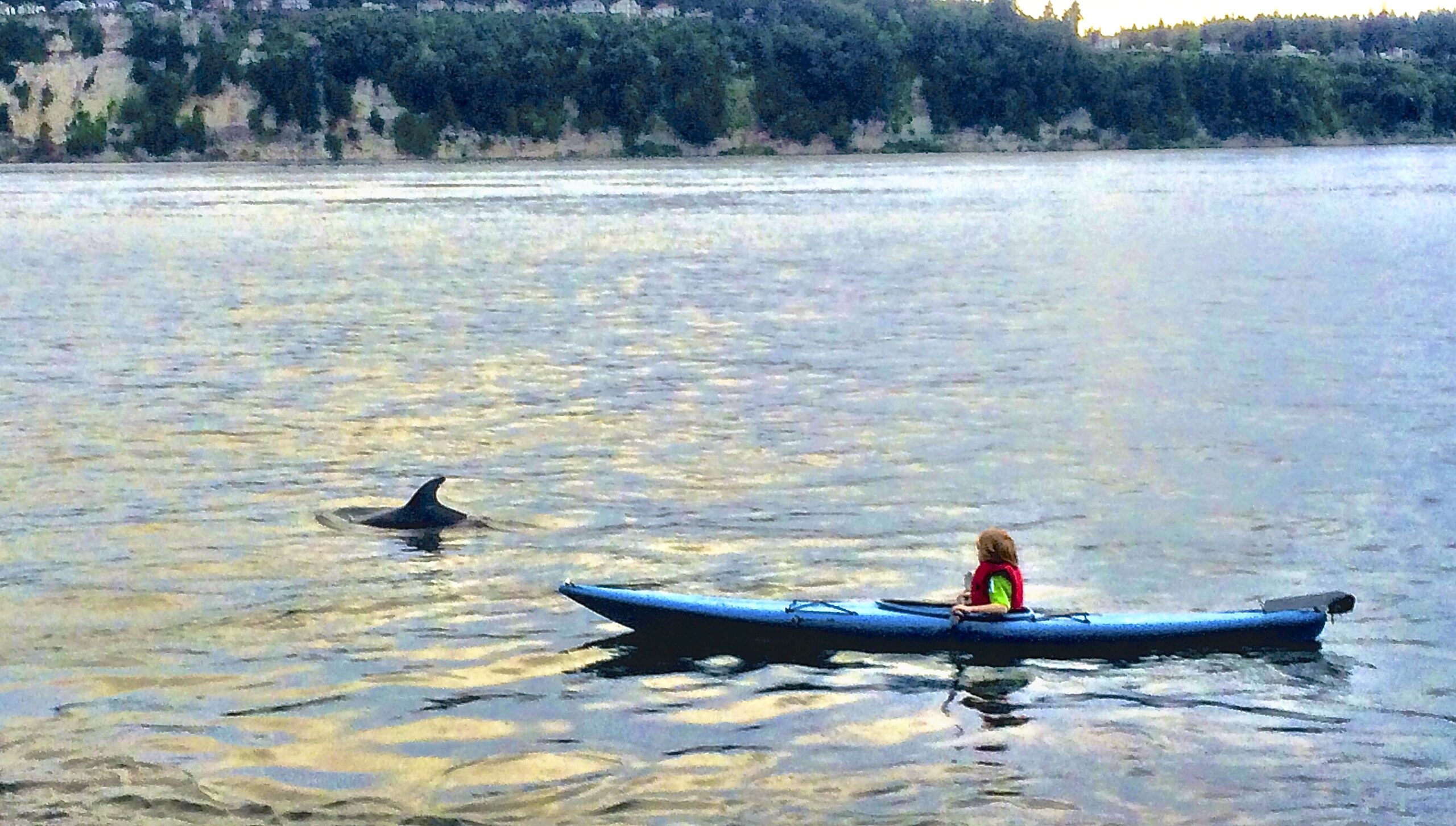In addition to the beach surveys we did on our Alaska expedition this past summer, we also collected water samples for a microplastics study being done by Abigail Barrows, of the Marine Environmental Research Institute. We connected with her through Adventurers and Scientists for Conservation (ASC), and we just got some preliminary results back this week. Here’s Dr. Barrows with a synopsis:
After receiving the 1L surface water samples from the ASC volunteers, we vacuum pump the sample over a .45 micron gridded filter. We allow the sample to dry for a minimum of 24 hours. Using a microscope at 40x magnification we look for pieces of microplastic (>5mm). We systematically move through the filter grid and count each piece of plastic, categorizing it based on shape and color.
The Ikkatsu Project collected 1L water samples at seven different locations along the Alaskan Coast for microplastic analysis. From those seven liters we counted a total of 127 pieces of microplastics with an average of 18 pieces of microplastic per 1 liter sample. The plastic found was primarily filamentous in shape (121 pieces/7L) and transparent or white in color (95 pieces/7L).
The fifth site on the west side of Augustine Island had the highest microplastic count, 71 pieces/1liter.
Of the 71 microplastic pieces, 69 were transparent/white filamentous . This sample is very interesting because it contains a large amount of algae. The pieces of microplastics in this sample were in clusters underneath the dried algae on the filter paper, something we have not encountered before. We have removed pieces from this specific sample and hope to identify what type of plastic it is.
I remember that sample. I remember thinking that it was pretty thick with algae and various sea greens. And I think back to how wild it was there on Augustine, how completely beyond the reach of modern man and technology, it seemed. I should have known better, I suppose, but once you actually have the numbers in front of you, it all really hits home.
